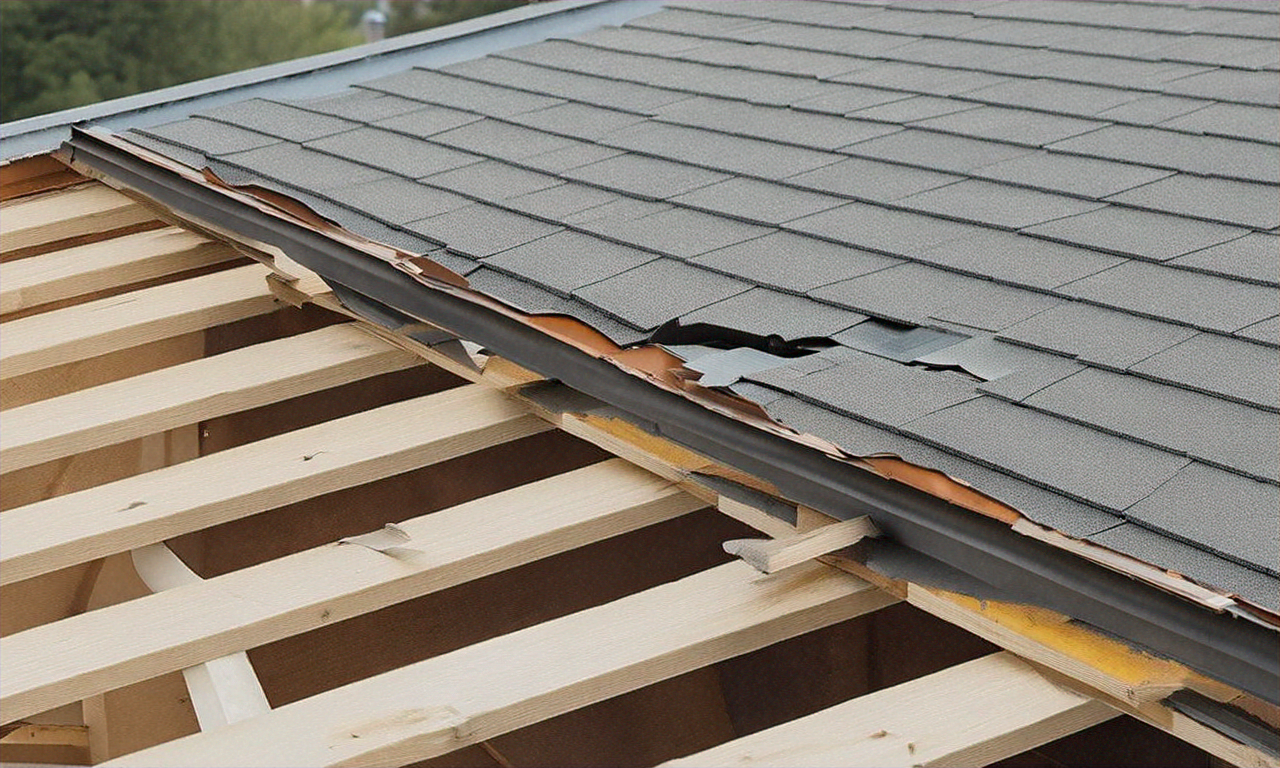Roof Replacement Guide for Home and Building Owners
A roof replacement is a major home and building project that affects safety, energy efficiency, and long-term maintenance. Understanding when to replace a roof, what materials to consider, and how the process integrates with wider construction and maintenance plans helps owners make informed choices. This guide explains key factors to evaluate and practical steps for planning a successful roof replacement.

What to consider about your roof
When evaluating a roof, inspect for missing or curling shingles, signs of leaks in the attic, sagging areas, and age-related wear. Roofing lifespan varies by material, climate, and installation quality, so document previous repairs and any warranty details. Also assess flashing around chimneys and vents, gutter condition, and ventilation systems; poor ventilation can shorten shingle life. Accurate assessment helps define whether a repair or full replacement is appropriate and informs material and contractor choices.
When does a house need full replacement?
A house typically needs a full roof replacement when damage is pervasive, leaks are recurring in multiple areas, or the roofing material has reached the end of its expected service life. If underlying decking or support structures show rot, mold, or structural compromise, a complete teardown and rebuild is safer. Replacing the entire roof can also be necessary when homeowners change roof slope or material type. Prioritize safety and structural integrity when deciding between patching and replacing.
How replacement affects your home value
A new roof can contribute to curb appeal, perceived maintenance quality, and potentially the resale value of a home. Buyers often view a recently replaced roof as reduced near-term expense and risk, which can influence marketability. Energy-efficient roofing materials or added insulation and ventilation upgrades can lower operating costs and appeal to environmentally conscious buyers. Document materials, warranties, and the installer’s credentials to provide future owners clear evidence of the upgrade.
Roof choices for different types of building
Material choice depends on building type, climate, aesthetic preferences, and local building codes. Common options include asphalt shingles for residential houses, metal panels for durability on varied building types, and single-ply membranes for low-slope commercial roofs. Tile or slate may suit historic or higher-end homes but require strong roof framing. Consider fire ratings, wind resistance, maintenance needs, and weight when matching materials to a structure. Consult local regulations and neighborhood guidelines when choosing finishes.
How roof replacement ties to construction planning
Roof replacement often intersects with other construction tasks: attic insulation upgrades, gutter and fascia replacement, or structural repairs. Coordinate timing with seasonal weather patterns to reduce delays and water exposure. Obtain necessary permits and schedule inspections to ensure code compliance. If your project includes solar panels or skylights, plan integration during the replacement to avoid later penetrations. Effective planning reduces rework and can streamline labor and materials on site.
Steps to plan a replacement project
Start by documenting existing conditions and gathering multiple written estimates from licensed contractors. Verify references, insurance, and local licensing. Ask about removal procedures, disposal methods, and whether contractors will inspect and replace damaged decking. Discuss ventilation, underlayment types, and flashing details. Establish a realistic timeline and clarify payment milestones in a written contract. Prepare the property by trimming trees, covering landscaping, and securing pets. Clear communication with the contractor minimizes surprises during the project.
Replacing a roof is a substantial investment in safety and longevity for a home or building. Careful evaluation of the existing roof, informed material selection, attention to construction details, and organized project planning help ensure a durable outcome that aligns with structural needs and local regulations. Proper documentation of the work and warranties supports future maintenance and property value.






